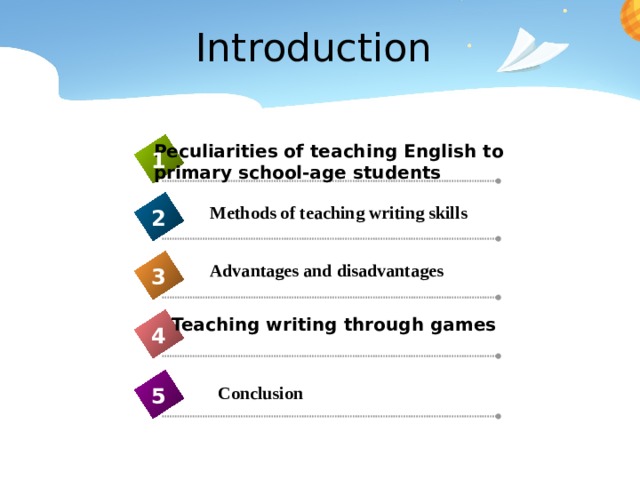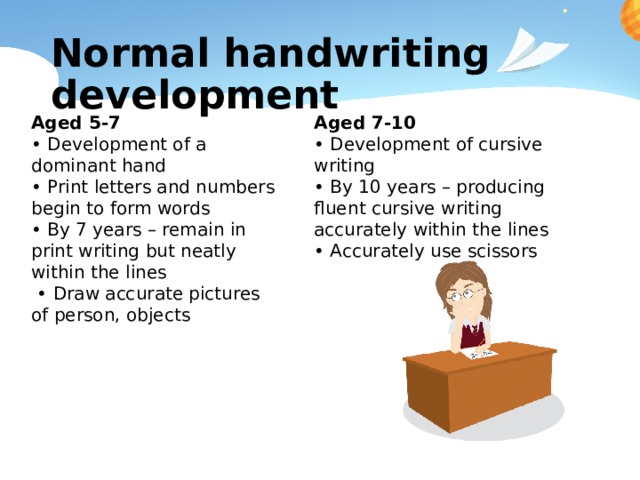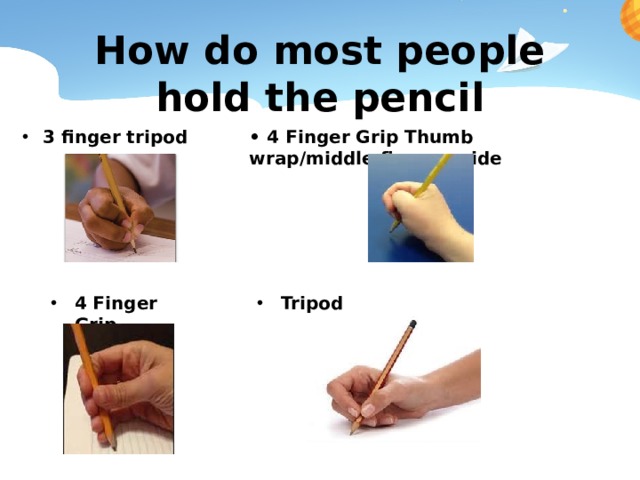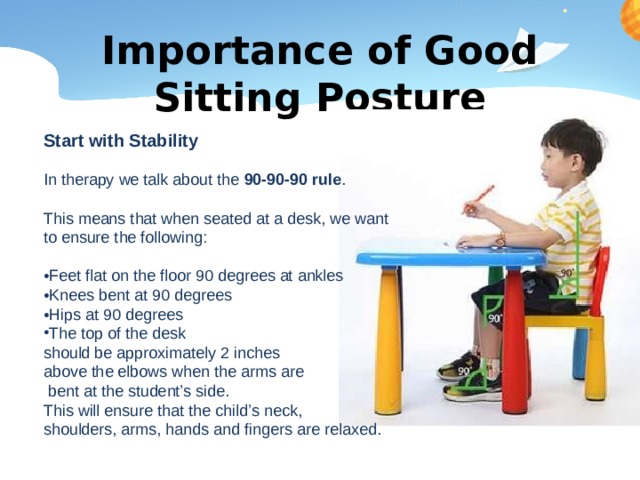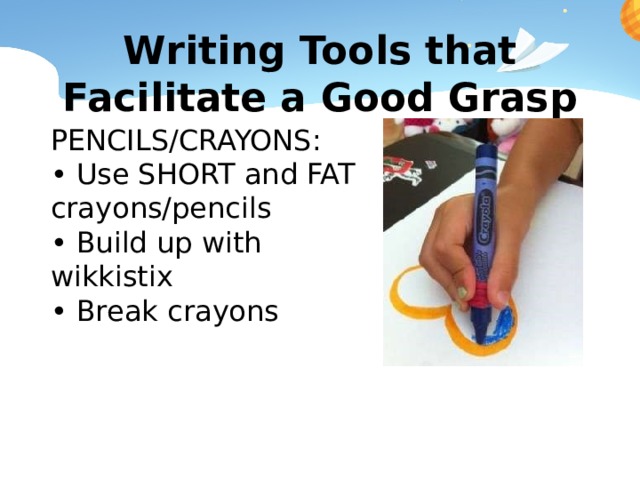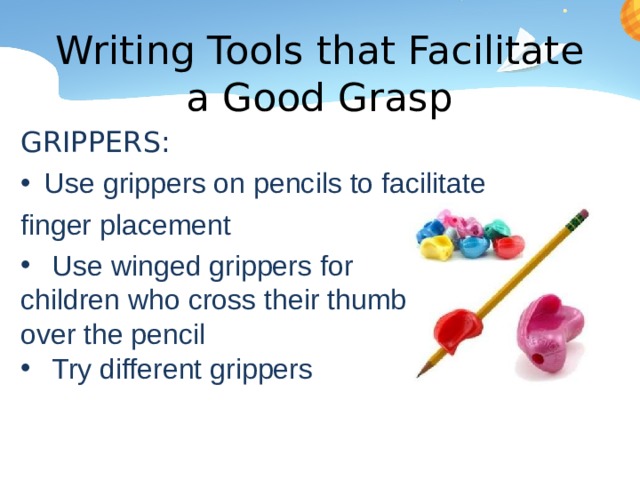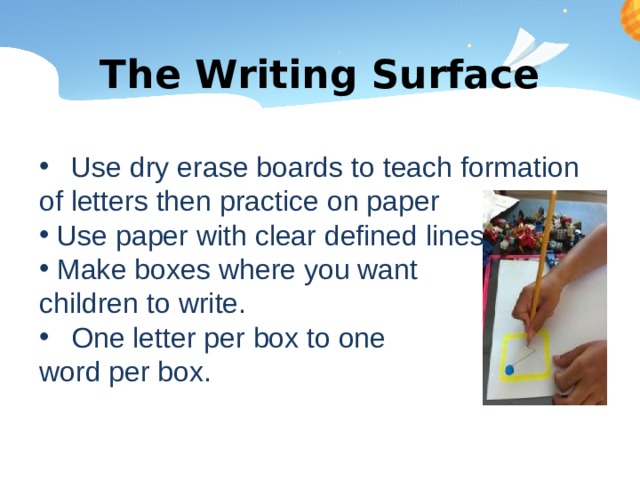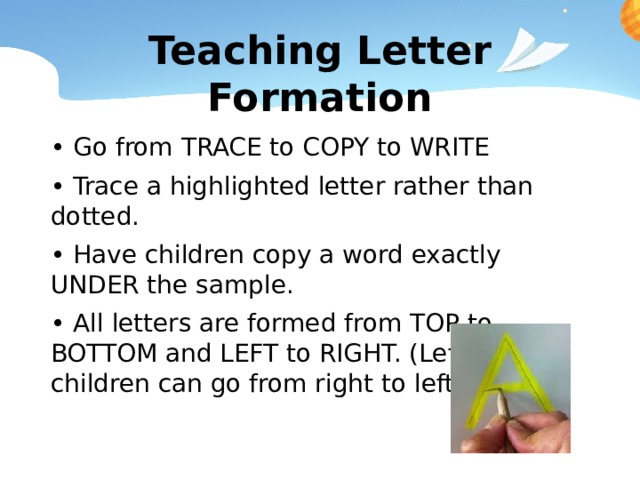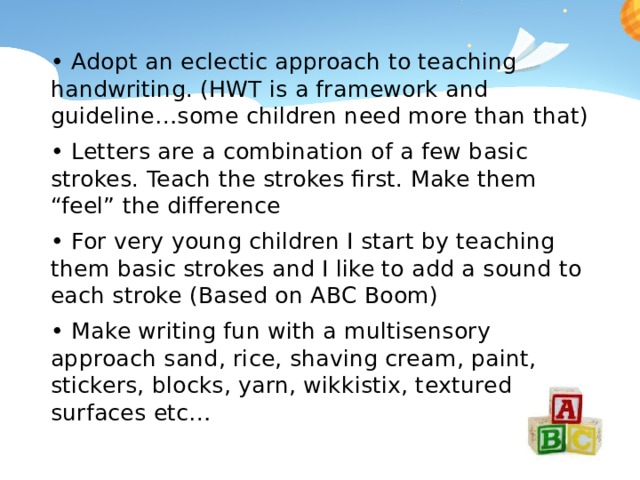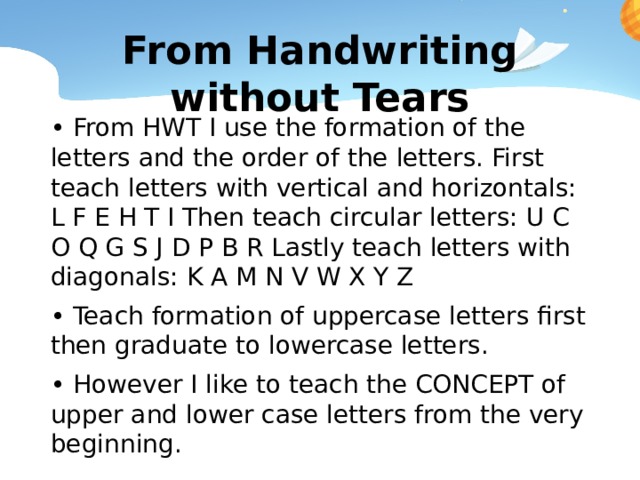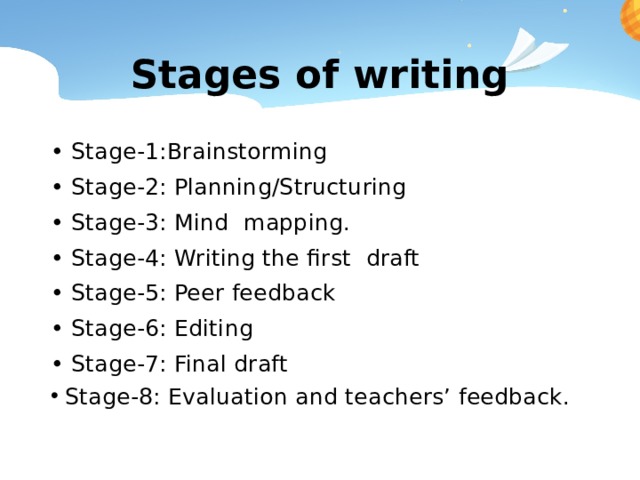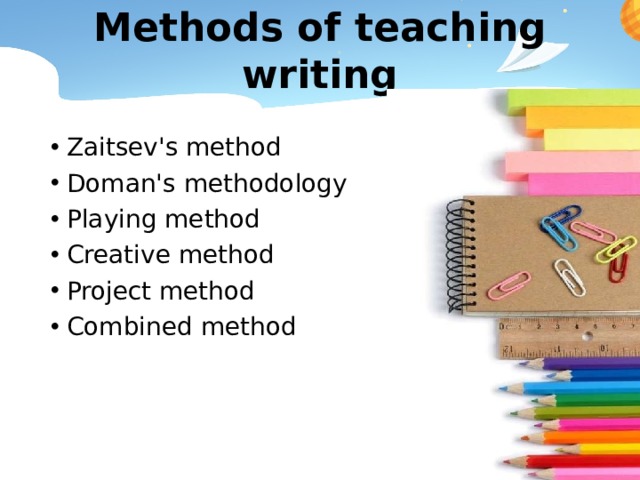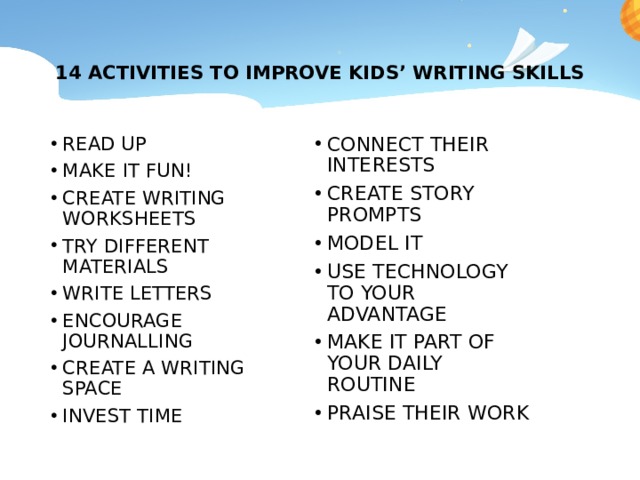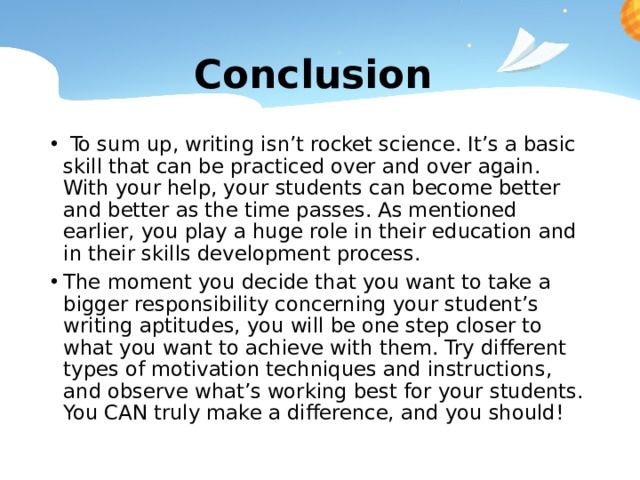Основной задачей системы образования сегодня является обучение молодого поколения иностранным языкам, кардинальное совершенствование системы подготовки специалистов, владеющих этими языками, путем внедрения передовых методов обучения с использованием современных педагогических и информационно-коммуникационных технологий.,
Одним из четырех навыков, необходимых для изучения языка (аудирование, говорение, чтение и письмо), является письмо. Письмо - это система письменных знаков, представляющих звуки, слоги или слова, состоящая из различных механизмов - заглавных букв, орфографии и пунктуации, формы и функции слова. Письмо представляет собой сложную познавательную деятельность, в которой писатель обязан одновременно демонстрировать контроль над переменными. На уровне предложений они включают контроль содержания, формата, структуры предложения, словарного запаса, правописания и формирования букв.
Создайте Ваш сайт учителя Видеоуроки Олимпиады Вебинары для учителей
Методика преподавания
Вы уже знаете о суперспособностях современного учителя?
Тратить минимум сил на подготовку и проведение уроков.
Быстро и объективно проверять знания учащихся.
Сделать изучение нового материала максимально понятным.
Избавить себя от подбора заданий и их проверки после уроков.
Наладить дисциплину на своих уроках.
Получить возможность работать творчески.
Просмотр содержимого документа
«Методика преподавания»
Похожие файлы
Полезное для учителя
Распродажа видеоуроков!
1690 руб.
2820 руб.
1660 руб.
2770 руб.
1690 руб.
2820 руб.
1610 руб.
2690 руб.
ПОЛУЧИТЕ СВИДЕТЕЛЬСТВО МГНОВЕННО
* Свидетельство о публикации выдается БЕСПЛАТНО, СРАЗУ же после добавления Вами Вашей работы на сайт
Удобный поиск материалов для учителей
Проверка свидетельства

